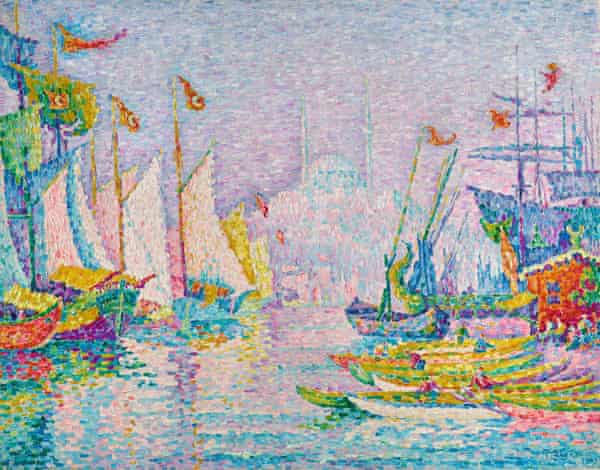French masterpieces stolen by Nazis during Second World War set to fetch millions at auction
Nazis looted the paintings after Jewish businessman Gaston Lévy and his family were forced to flee to Tunisia

Your support helps us to tell the story
From reproductive rights to climate change to Big Tech, The Independent is on the ground when the story is developing. Whether it's investigating the financials of Elon Musk's pro-Trump PAC or producing our latest documentary, 'The A Word', which shines a light on the American women fighting for reproductive rights, we know how important it is to parse out the facts from the messaging.
At such a critical moment in US history, we need reporters on the ground. Your donation allows us to keep sending journalists to speak to both sides of the story.
The Independent is trusted by Americans across the entire political spectrum. And unlike many other quality news outlets, we choose not to lock Americans out of our reporting and analysis with paywalls. We believe quality journalism should be available to everyone, paid for by those who can afford it.
Your support makes all the difference.Three “exceptional” masterpieces by Camille Pissarro and Paul Signac are to be auctioned in London, after being returned to the heirs of a Jewish collector whose home was looted by the Nazis.
The works previously belonged to Gaston Lévy, a businessman, property developer and collector who lived in Paris during the Thirties, The Guardian reports.
Lévy was forced to flee to Tunisia with his English-born wife, Liliane, and their daughter, after France was occupied by Germany during the Second World War. The family survived, but Lévy’s extensive collection of art, books and paintings was dispersed under the occupation.
After the war, two of the works were returned to France and later hung in the Musée d’Orsay in Paris. The third, which was stolen from Lévy’s country home in the Loire Valley, was later discovered in the collection of German art dealer Hildebrand Gurlitt.
Thomas Boyd-Bowman, a director at Sotheby’s impressionist and modern art department, told The Guardian that this is the first time the Pissarro and Signac works have appeared at auction.
Pissarro’s “Gelée blanche, jeune paysanne faisant du feu” (White frost, young peasant building a fire), is considered the star of the three works and is expected to fetch up to £12m on 4 February.
The other two paintings are by Signac: “La Corne d’Or” (The Golden Horn) estimated at £5m-7m, and “Quai de Clichy. Temps Gris” (Clichy Quay. Grey Weather).
“It’s a pity for the Musée d’Orsay to lose these paintings, but it’s a good example of a country acting in an honourable fashion. It’s the right thing to do,” said Boyd-Bowman. “Looting and vandalism should not profit others.”
It is estimated that the Nazis stole around 100,000 artworks during their occupation of France; approximately 61,000 of those were returned after the war. France launched a new office last year dedicated to researching and returning Nazi-looted art.
Join our commenting forum
Join thought-provoking conversations, follow other Independent readers and see their replies
Comments